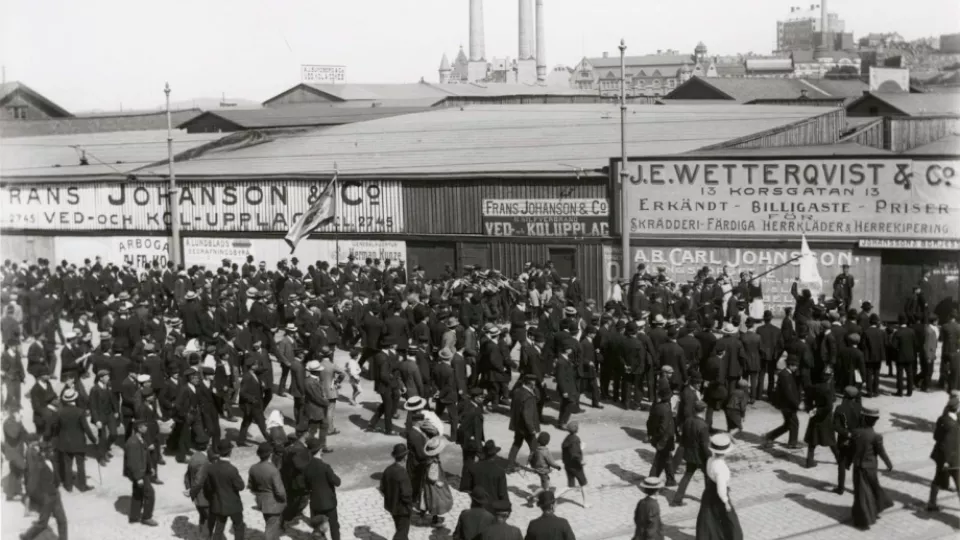Labour market conditions are affected by new technology. Currently, the impact of automation on the labour market is often discussed, whether jobs will disappear as computers take over, or whether digitalisation drives development towards a gig economy with uncertain employment conditions. One fear is that the technological development could generate social unrest and a risk of increased conflict in society.
The ongoing automation shares many similarities with historical technological changes, such as the advent of electricity in the early 1900s. In a study recently published in the renowned Journal of Economic History, researchers Jakob Molinder, Tobias Karlsson and Kerstin Enflo show that areas in Sweden with early access to electricity from the national grid changed rapidly as a result of the new technology.
However, unlike what is feared today, the researchers show that jobs did not disappear. Demand for labour was certainly affected: in agriculture, many jobs were replaced by machines, but the need for a new labour force in other sectors more than compensated for the loss.
“Industry and service sector workers with some training and experience were particularly in demand, such as lathe operators in the manufacturing industry or electricians in construction,” says Tobias Karlsson, one of the researchers behind the recently published study.
The rapid structural transformation led to conflicts in the labour market. The researchers have digitised data covering over 8 000 strikes and lockouts which took place in locations around the country between 1859 and 1938.
“The opportunity to examine where the strikes occurred provides new perspectives. By linking this data to information about the extension of the electrical grid, we can investigate the effects of the new technology on the labour market,” says Jakob Molinder.
The researchers also gathered information about the causes of the strikes. The data surprised them:
“Because electrification meant that many jobs could be carried out by machines instead of human power, we thought that at least some of the conflicts would be about resistance to new machinery. However, when we went through the triggers for the Swedish strikes, we noted that almost no strikes were ascribed to technological change,” says Kerstin Enflo.
The strikes were mostly about wage increases, and among professional groups who, thanks to the new technology, had acquired a stronger negotiating position.
“This pattern reminds us how strong professional groups in strategic negotiating positions, such as pilots and port workers, use the weapon of strikes today”, concludes Tobias Karlsson.
